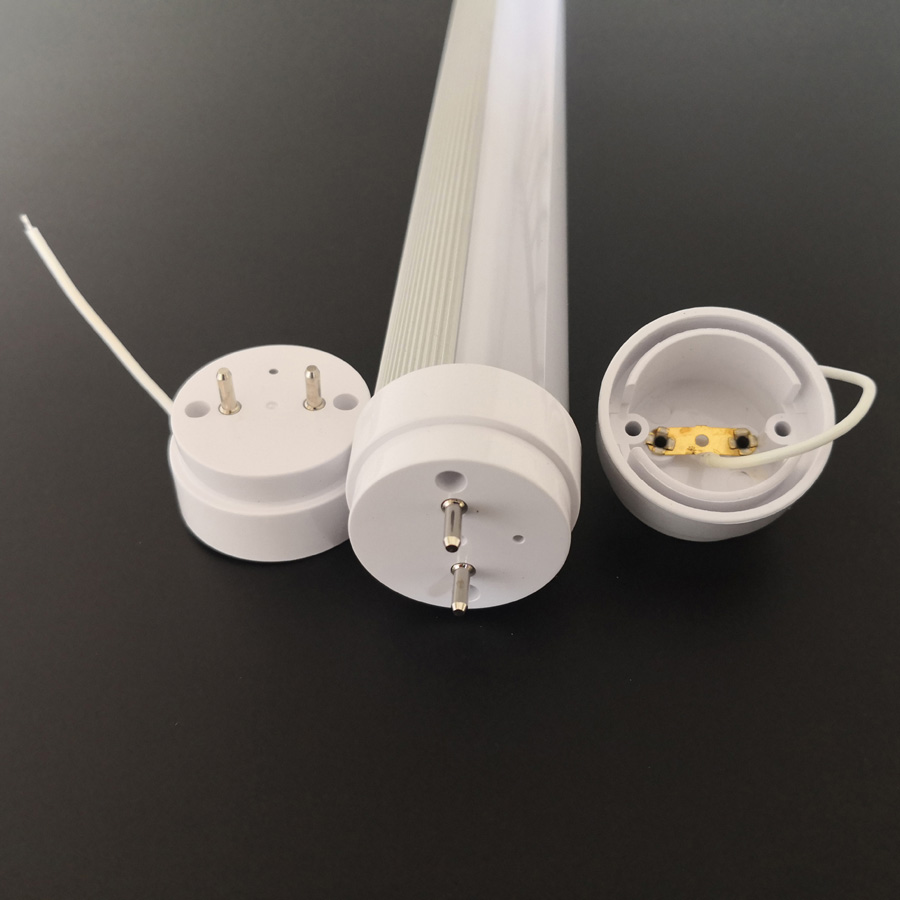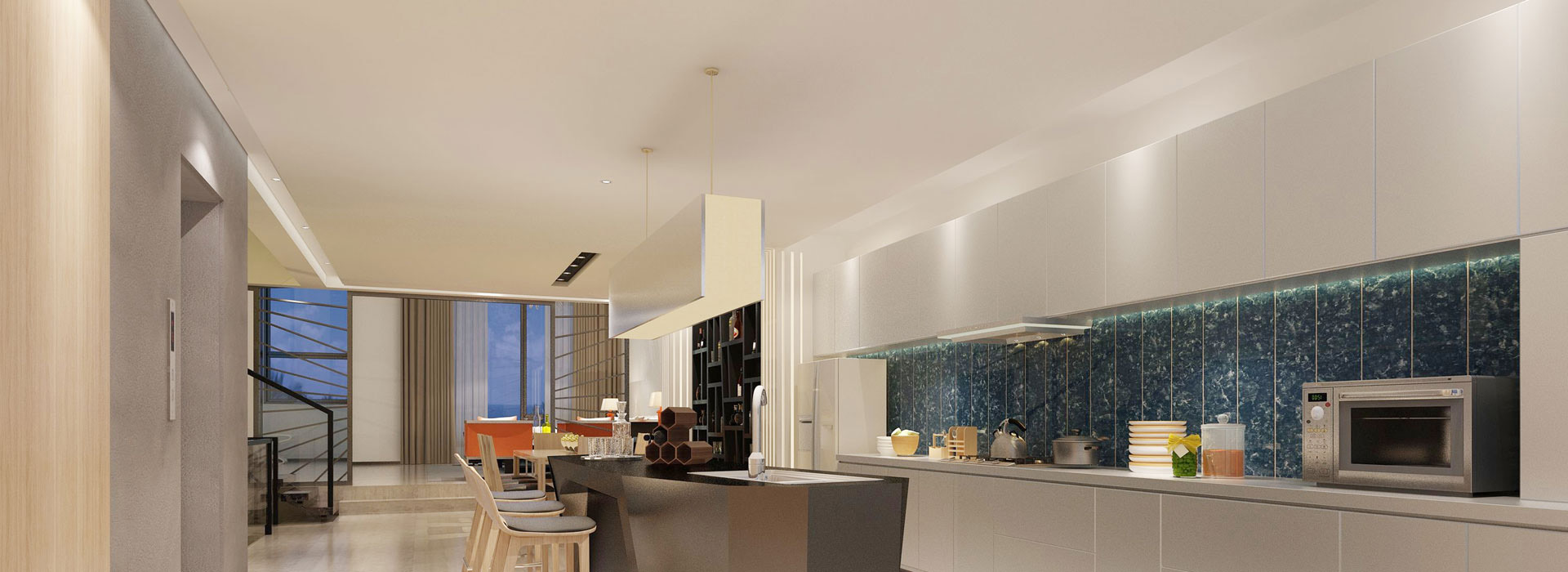- English
- Español
- Português
- русский
- Français
- 日本語
- Deutsch
- tiếng Việt
- Italiano
- Nederlands
- ภาษาไทย
- Polski
- 한국어
- Svenska
- magyar
- Malay
- বাংলা ভাষার
- Dansk
- Suomi
- हिन्दी
- Pilipino
- Türkçe
- Gaeilge
- العربية
- Indonesia
- Norsk
- تمل
- český
- ελληνικά
- український
- Javanese
- فارسی
- தமிழ்
- తెలుగు
- नेपाली
- Burmese
- български
- ລາວ
- Latine
- Қазақша
- Euskal
- Azərbaycan
- Slovenský jazyk
- Македонски
- Lietuvos
- Eesti Keel
- Română
- Slovenski
- मराठी
- Srpski језик
Treatment Method of Waste Water on the Surface of Led Aluminum Profile Shell
2022-03-08
Treatment method of waste water on the surface of led aluminum profile shell
The wastewater after aluminum profile shell treatment includes pre-treatment degreasing neutralization acid washing water, alkaline washing water after alkali corrosion, acid washing water after acid etching, acid washing water after oxidation, acid containing Ni2+, Sn2+ Alkali waste liquid, acid water washing water, waste acid and alkali generated after electrophoretic coating of ion exchange equipment, and a small amount of colored electrophoretic coating wastewater. The waste water is processed by aluminum profile shell, including pickling water after oil removal and acid washing water after alkali corrosion, acid water washing water after acid etching, acid water washing water after oxidation, acid wastewater containing Sn2+ washing water, acid water Wash water, electrophoretic coating ion exchange equipment. The wastewater is acidic and rich in cations such as Al3+, Ni2+, Sn2+, Sn4+, Na+, Cr3+, SO42-, F-, NO3-, Cl-, AlO2-, Ac-, and organic compounds such as surfactants and propionic acid resins. The waste liquid includes waste sulfuric acid produced by degreasing and neutralization, waste nitric acid and waste sulfuric acid produced by oxidation, waste liquid produced by coloring, waste acrylic acid produced by electrophoretic painting, and waste liquid containing Ni2+ and F- produced by sealing.
1. Measures to reduce waste water and waste liquid discharge
The method to reduce waste water and waste liquid is to reasonably control the control time of water and control the charging angle to reduce the amount of liquid brought out from the tank to reduce the discharge of liquid in the tank, and use the second and third stage countercurrent flushing as much as possible to reduce water consumption . The washing water after acid etching and degreasing is used for washing after alkali etching, and the washing water after oxidation is used for washing and degreasing after acid etching. In order to reduce or prevent the discharge of waste water and waste liquid, the production line should plan and use various recovery equipment, such as acid corrosion recovery equipment, alkali corrosion recovery equipment, anodizing aluminum removal equipment, coloring liquid reverse osmosis recovery equipment, electrophoretic paint reverse osmosis recovery equipment equipment, the use of these recycling equipment can minimize waste water and waste liquid discharge, thereby reducing production costs.
2. Principles and methods of waste water disposal for aluminum profile shell disposal
The wastewater generated on the surface of the aluminum profile shell is mainly acid-base wastewater, rich in harmful anions such as Ni2, SN2, F-, etc., and the treatment method is acid-base neutralization. Wastewater is usually acidic and is neutralized by adding alkali and adjusting the pH to 7≤8.5. During the neutralization process, cations Al3, Ni2, Sn2, Cr3, etc. all constitute hydroxide deposits. By using a pump to neutralize and sediment the wastewater into the condensing tank, enter the dissolved polyamide flocculant and wastewater condensate together with the quantitative pump, and coagulate the wastewater into the sedimentation tank. The sedimentation methods such as inclined plate sedimentation, air flotation, centrifugal Precipitation etc.
3. The centrifugal precipitation method is still relatively stable. After precipitation, the clear liquid overflows from the upper part into the effluent pool or the reprocessing reservoir. The treated wastewater can be discharged up to the standard. If the wastewater is to be reused, the wastewater can be processed into RO equipment after rough filtration to remove the remaining anions and cations and organic matter. The pH value of the water can be low, and it can be adjusted by anion and cation exchange equipment to achieve the reuse standard. The sludge discharged into the sludge tank is regularly discharged into the sludge tank, and after being processed by the plate cake press or the belt dehydrator, it becomes industrial waste and sent to the industrial waste treatment plant.

The wastewater after aluminum profile shell treatment includes pre-treatment degreasing neutralization acid washing water, alkaline washing water after alkali corrosion, acid washing water after acid etching, acid washing water after oxidation, acid containing Ni2+, Sn2+ Alkali waste liquid, acid water washing water, waste acid and alkali generated after electrophoretic coating of ion exchange equipment, and a small amount of colored electrophoretic coating wastewater. The waste water is processed by aluminum profile shell, including pickling water after oil removal and acid washing water after alkali corrosion, acid water washing water after acid etching, acid water washing water after oxidation, acid wastewater containing Sn2+ washing water, acid water Wash water, electrophoretic coating ion exchange equipment. The wastewater is acidic and rich in cations such as Al3+, Ni2+, Sn2+, Sn4+, Na+, Cr3+, SO42-, F-, NO3-, Cl-, AlO2-, Ac-, and organic compounds such as surfactants and propionic acid resins. The waste liquid includes waste sulfuric acid produced by degreasing and neutralization, waste nitric acid and waste sulfuric acid produced by oxidation, waste liquid produced by coloring, waste acrylic acid produced by electrophoretic painting, and waste liquid containing Ni2+ and F- produced by sealing.
1. Measures to reduce waste water and waste liquid discharge
The method to reduce waste water and waste liquid is to reasonably control the control time of water and control the charging angle to reduce the amount of liquid brought out from the tank to reduce the discharge of liquid in the tank, and use the second and third stage countercurrent flushing as much as possible to reduce water consumption . The washing water after acid etching and degreasing is used for washing after alkali etching, and the washing water after oxidation is used for washing and degreasing after acid etching. In order to reduce or prevent the discharge of waste water and waste liquid, the production line should plan and use various recovery equipment, such as acid corrosion recovery equipment, alkali corrosion recovery equipment, anodizing aluminum removal equipment, coloring liquid reverse osmosis recovery equipment, electrophoretic paint reverse osmosis recovery equipment equipment, the use of these recycling equipment can minimize waste water and waste liquid discharge, thereby reducing production costs.
2. Principles and methods of waste water disposal for aluminum profile shell disposal
The wastewater generated on the surface of the aluminum profile shell is mainly acid-base wastewater, rich in harmful anions such as Ni2, SN2, F-, etc., and the treatment method is acid-base neutralization. Wastewater is usually acidic and is neutralized by adding alkali and adjusting the pH to 7≤8.5. During the neutralization process, cations Al3, Ni2, Sn2, Cr3, etc. all constitute hydroxide deposits. By using a pump to neutralize and sediment the wastewater into the condensing tank, enter the dissolved polyamide flocculant and wastewater condensate together with the quantitative pump, and coagulate the wastewater into the sedimentation tank. The sedimentation methods such as inclined plate sedimentation, air flotation, centrifugal Precipitation etc.
3. The centrifugal precipitation method is still relatively stable. After precipitation, the clear liquid overflows from the upper part into the effluent pool or the reprocessing reservoir. The treated wastewater can be discharged up to the standard. If the wastewater is to be reused, the wastewater can be processed into RO equipment after rough filtration to remove the remaining anions and cations and organic matter. The pH value of the water can be low, and it can be adjusted by anion and cation exchange equipment to achieve the reuse standard. The sludge discharged into the sludge tank is regularly discharged into the sludge tank, and after being processed by the plate cake press or the belt dehydrator, it becomes industrial waste and sent to the industrial waste treatment plant.




